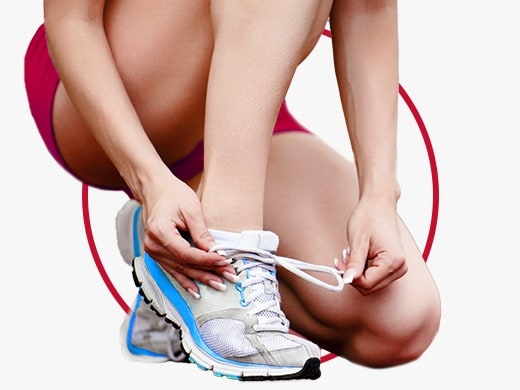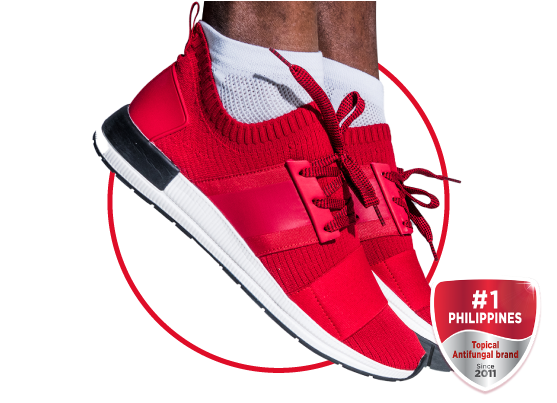What is Athlete’s Foot?
You don’t have to be an athlete to catch it! Athlete’s foot, also called tinea pedis or alipunga, is a highly contagious fungal infection that affects the skin on your feet, but can also spread to your toenails and even hands.
It usually starts with an itch on the foot (makating paa). Athlete’s foot is contagious; it can easily be passed through direct contact with an infected person. This could happen when people share bed linens, touch towels or clothing infected with the fungus, or walk barefoot in common areas, like gyms, swimming pools, communal showers and changing rooms. You are more likely to contract foot diseases like this if the skin on your feet is damaged or if you have wet or sweaty feet.
Since fungi thrive in warm, moist conditions, you should avoid wearing damp socks and shoes. That’s why this condition happens more frequently among athletes!
It often occurs between your toes, but it can also affect the soles and sides of your feet. Athlete’s foot itch can happen on one or both of your feet, but you can unwittingly spread it to your hands or other areas of your body simply by scratching or picking at the infected parts of your feet.
Athlete’s foot symptoms
Athlete’s foot prevention
If you think you might be at risk of catching an athlete's foot, follow simple rules that can help you avoid catching the infection in the first place or stop it from returning.
You should:
Always dry your feet carefully, especially between your toes. Dab them dry rather than rubbing them.
Wear clean socks every day and change them if it’s hot or after playing sports. Cotton socks are the best.
You should avoid:
REFERENCES:
- Check if you have athlete's foot, in: https://www.nhs.uk/conditions/athletes-foot/
- Tinea Pedis, in: Hainer, B.L., Dermatophyte Infections, in: American Family Physician 2003, vol. 67, Number 1
- A pharmacist can help with athlete's foot, in: https://www.nhs.uk/conditions/athletes-foot/
- See a GP if…, in: https://www.nhs.uk/conditions/athletes-foot/
- How you can help treat and prevent athlete's foot yourself, in: https://www.nhs.uk/conditions/athletes-foot/
- Ibid.
ASC Reference No.: B087P050621CS, B088P050621CS, B089P050621CS





